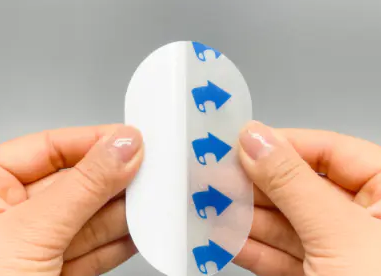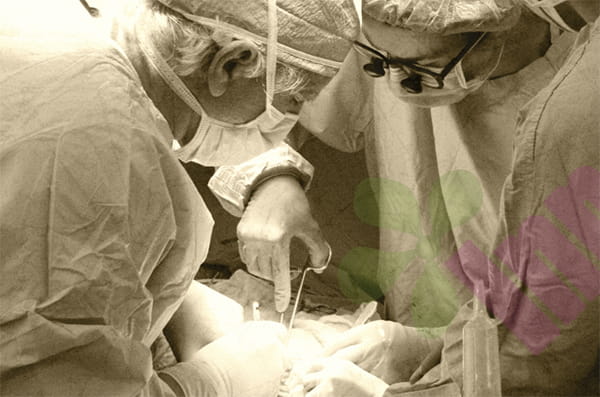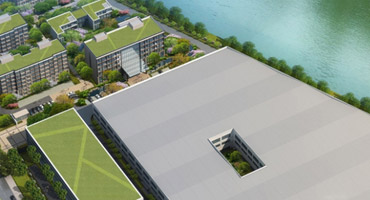Bumps on the skin can be confusing. While abscesses, cysts, and boils all appear as localized raised bumps, they each have different causes, characteristics, and treatments. Distinguishing these three common skin issues can help you decide the right treatment.

What is a skin abscess?
A skin abscess is an accumulation of pus within the deep layers of skin tissue, typically caused by a bacterial infection. This infection results in a mixture of white blood cells, necrotic tissue, and bacteria, forming pus surrounded by an intact cavity wall. The abscess manifests as a localized, red, swollen, hot, and painful lump that gradually softens as the pus accumulates, and a white or yellow pus head may appear in the center. There is a noticeable sense of fluctuation upon palpation, and patients often experience systemic symptoms such as fever and fatigue. Abscesses can occur anywhere on the body, but are common in areas rich in hair follicles, such as the armpits, groin, and around the anus.
How are the mechanisms of cyst formation different?
A cyst is a sac-like structure filled with fluid, semisolid, or gaseous material and surrounded by a complete outer wall. Unlike abscesses, cysts are not usually accompanied by acute infection, and their contents are mostly normal skin components such as sebum and keratin. Cysts grow slowly, have a smooth surface, are clearly demarcated from surrounding tissues, and feel elastic but not fluctuating when palpated. Patients usually experience no pain or only mild discomfort unless the cyst becomes infected or ruptures. Common epidermoid cysts often occur on the face, neck, and trunk and are associated with blocked hair follicles.
What are the typical characteristics of a boil?
A furuncle is an acute, purulent infection of a single hair follicle and the surrounding tissue. Initially, it presents as a red, indurated lump at the follicle opening, accompanied by significant pain and tenderness. As the infection progresses, a yellowish-white pus plug forms in the center, and the surrounding tissue becomes persistently red and swollen. Once mature, the furuncle typically ruptures spontaneously, draining pus and necrotic tissue before gradually healing. It is common in areas of friction, such as the face, neck, underarms, and buttocks. Multiple furuncles may fuse to form a carbuncle.
How to distinguish based on clinical manifestations?
Observing the rate of onset can aid in differentiation. Abscesses and boils develop quickly, with symptoms becoming apparent within a few days; cysts grow slowly and can persist for months or even years. The sensation during palpation also differs: abscesses feel fluctuating, cysts feel elastic, and boils are substantial nodules. Pain severity is a key indicator; abscesses and boils are painful, while cysts are usually painless. Skin manifestations vary; abscesses and boils are accompanied by redness, swelling, heat, and pain, while the surface of cysts is normal or slightly raised. Regarding systemic symptoms, abscesses may be accompanied by fever, while cysts and simple boils generally have no systemic symptoms.
What are the differences in their respective approaches?
Abscess management centers on drainage. Mature abscesses require incision and drainage, draining pus and, if necessary, placement of a drain strip. Sensitive antibiotics are used to control infection as appropriate. Regular dressing changes promote wound healing from the base. Larger abscess cavities may require vacuum drainage.
Cyst management depends on the specific circumstances. Small, asymptomatic cysts can be observed and followed. Secondarily infected cysts require control of infection before excision. Complete surgical removal of the cyst wall is a definitive treatment and can prevent recurrence. Postoperatively, the wound must be kept clean to prevent infection.

Furuncle treatment primarily focuses on promoting pus drainage. Early application of warm compresses can help reduce inflammation or accelerate maturation. Avoid squeezing the pus plug once it forms, allowing it to rupture naturally. Apply topical antibiotic ointment to control local infection. Severe or multiple boils require oral antibiotics. Keep the area clean and avoid friction.
What are the different preventive measures?
To prevent abscesses and boils, maintain good personal hygiene. Keep your skin clean by bathing frequently. Avoid sharing personal items like razors. Treat minor skin injuries promptly to prevent infection. Keep your blood sugar under control, as people with diabetes are more susceptible to skin infections.
The key to preventing cysts is regular cleansing, especially for oily skin. Avoid using overly greasy skincare products that can clog pores. Don't squeeze existing cysts to prevent infection and the spread of the cysts.
For more information on Innomed®Hydrocolloid Dressing Ultra-thin, refer to the Previous Articles. If you have customized needs, you are welcome to contact us; You Wholeheartedly. At longterm medical, we transform this data by Innovating and Developing Products that Make Life easier for those who need loving care.
Editor: kiki Jia

 English
English عربى
عربى Español
Español русский
русский 中文简体
中文简体








